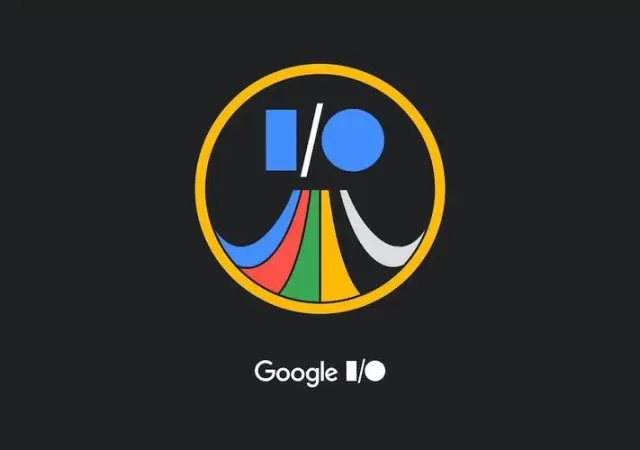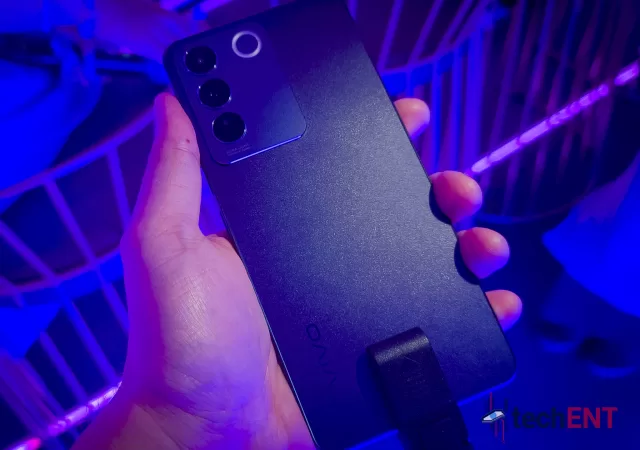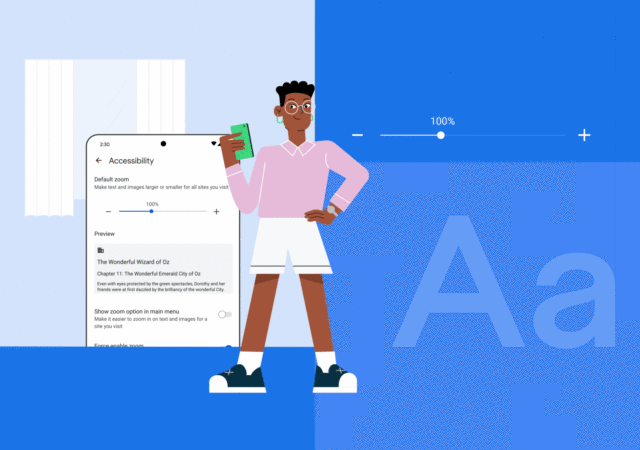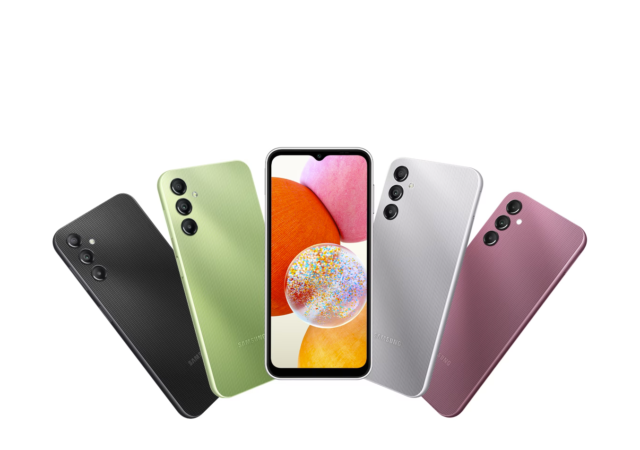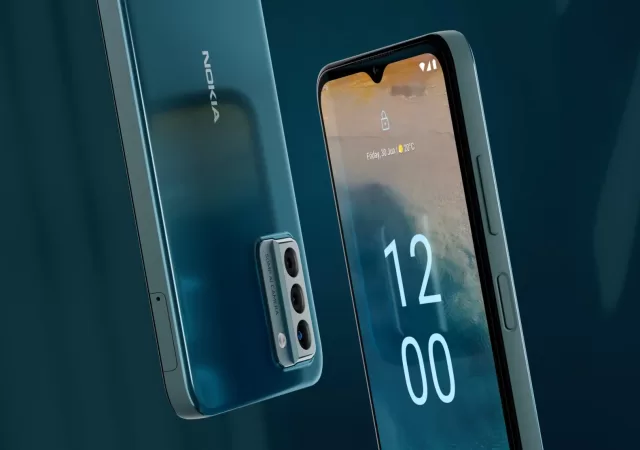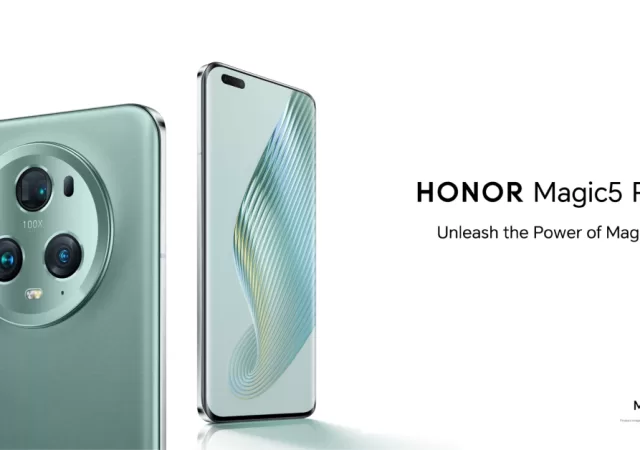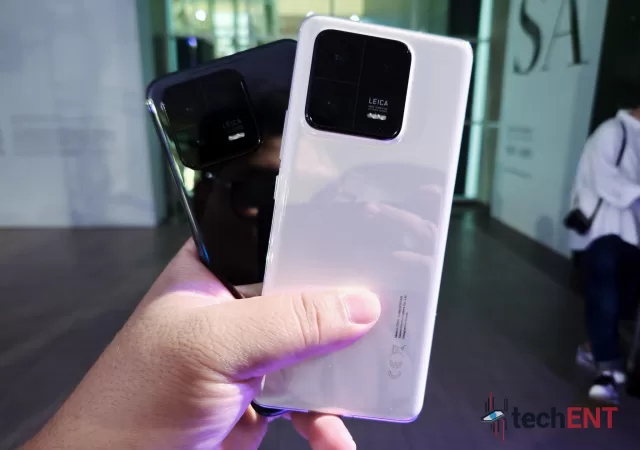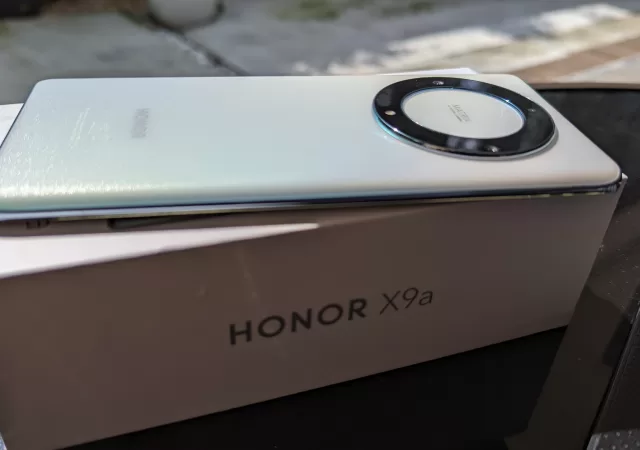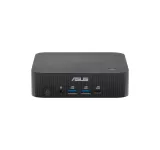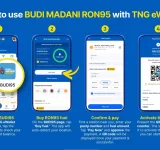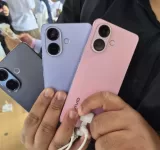Google I/O is back on the 10th of May 2023. We are expecting a new Pixel hardware, foldable, tablet, and a new iteration of Android.
FUJIFILM Launches INSTAX UP! Smartphone App, Because an INSTAX Camera Alone is Not Enough
FUJIFILM launches their new app, the INSTAX UP!. The new app is designed to capture printed INSTAX films and store them digitally.
OPPO Launches the Find N2 Flip in Malaysia at MYR 3,999
OPPO launches their latest foldable smartphone, the Find N2 Flip smartphone with 50MP Hasselblad camera at MYR 3,999.
The vivo V27e Comes with a Ring Light and Flagship Level 64-Megapixel Camera for Only MYR 1,299
vivo releases the V27e smartphone with 64-Megapixel OIS Ultra-Sensing camera and Aura Light Portrait mode in Malaysia for MYR 1,299.
[MWC 2023] Google Brings New Features to Android
Google announces a bunch of new features that enhance the user experience on Android, Wear OS and Chromebooks.
Samsung’s Entry Level A14 4G Silently Released with MediaTek Processor
Samsung silently lists the Galaxy A14 4G on their Malaysian online store. The new smartphone ditches 5G connectivity and comes with slightly lower specs.
[MWC 2023] HMD Global Unveils Repairable Nokia G22
HMD Global announces its first repairable smartphone – the Nokia G22 in partnership with iFixit at MWC 2023.
[MWC 2023] Honor Reveals An All-New “Human-centric” Flagship: The Honor Magic5 Series
Honor unveils its new flagship series: the Magic5 series at MWC 2023. The smartphone is the start of Honor’s journey in making “human-centric” devices.
Xiaomi 13 series Comes to Malaysia Complete with the 1-inch Leica Sensor
Xiaomi debuts its Xiaomi 13 series smartphones in Malaysia complete with camera software and hardware from Leica.
Honor X9A 5G In Depth Review – An all-rounder with a flagship-like display
Any new smartphone owner has had nightmares of their shiny new screens cracking on day one from the slightest of drops. Well, Honor has gone to great lengths to allay those fears with their new midrange entry, the Honor X9A…



